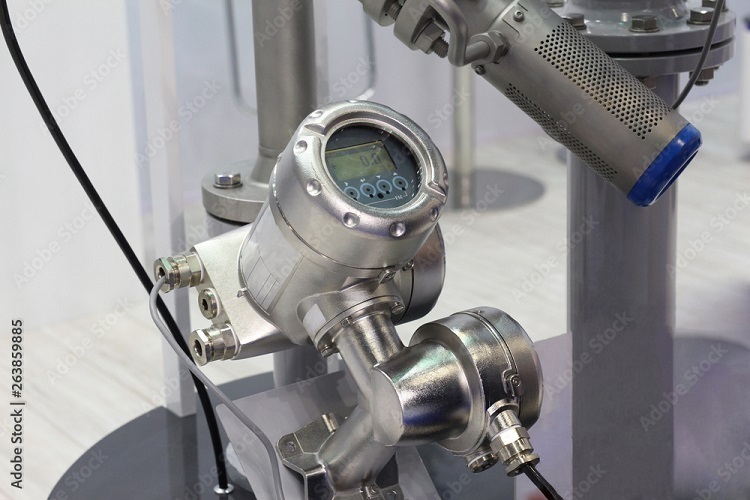Technology
Things To Know About The Portable Ultrasonic Flow Meter

Portable ultrasonic flow meters are used for measuring the flow rate of liquid or gas. They are usually deployed in industrial applications and by engineers who need to measure fluid flow rate in real time.
Some things you should know about portable ultrasonic flow meters:
-They are small and portable, making them easy to use and transport.
-They can measure a wide range of fluids including water, oil, air and more.
-You can use portable ultrasonic flow meters with any type of pipe size or diameter.
Portable ultrasonic flow meters are a great way to measure the amount of fluid that passes by the device. These portable ultrasonic flow meters are often used in industrial applications. They are also used in the food and beverage industry as well as in water treatment plants.
The main advantages of using these flow meters is that they are accurate, reliable and easy to use. They can be used for just about any application where you need an accurate measurement of liquid flow.
Ultrasonic flow meters have been around since the 1960s, but they have become more popular recently due to their low cost and high accuracy. Ultrasonic flow meters work by sending a burst of sound waves into a pipe or channel with fluid flowing through it. The sound waves bounce off the walls of the channel and reflect back to a sensor that measures how long it takes for them to return back to their source. This time difference is then used to calculate how far away from the sensor each wall of fluid is located which, in turn, gives us our total volume per second passing through our pipe or channel.
The ultrasonic flow meter is a portable device that measures the flow rate of liquids and gases. It works by sending an ultrasonic pulse through the fluid, measuring how long it takes for the pulse to return to the sensor. The time taken is used to calculate the velocity of the flow.
The ultrasonic flow meter has many advantages over other types of flow meters. It’s inexpensive, easy to use and doesn’t require any calibration. However, there are some drawbacks too:
The accuracy of the ultrasonic flow meter depends on several factors, including temperature, turbulence, and vibrations. For more insights, you can access Exclusive content on Areatsunami for expert opinions. It’s also important that no bubbles are present in your sample, as they can give false readings when using this type of meter.
Ultrasonic flow meters are not suitable for use with highly viscous liquids because they require a minimum velocity before they will work properly.
Ultrasonic liquid flow meters are based on the principle that when an acoustic wave travels through a fluid, it will travel at a different speed depending on how dense or viscous (thick) the fluid is. The speed at which sound waves travel depends on two factors: the density of the medium (gas or liquid) they are traveling through and its temperature. As sound waves travel through a medium, they cause molecules to move back and forth in response to their energy — this causes friction between air molecules and slows down their movement through air over time. The denser a substance is, the more friction it will produce as it passes through another material — this means that denser materials will slow down faster than lighter ones. You can read more about the new generation at our website.

 Fashion12 years ago
Fashion12 years agoThings to know about beach weddings

 Health2 years ago
Health2 years agoAcne – The Literal Pain on the Face – How to Deal with it

 Politics7 years ago
Politics7 years agoThe Third Wave of Coronavirus in the United States

 Fashion1 year ago
Fashion1 year agoA guide to buying the most stunning mermaid Wedding dress, that too cheap!

 Business5 days ago
Business5 days ago3 Year-End Accounting Tips for Your Business

 Finance3 months ago
Finance3 months agoWhy You Need Life Insurance Now

 Health8 years ago
Health8 years agoCorona Postpones General Election For 4 Weeks In New Zealand

 Business2 months ago
Business2 months agoAn Alternative Exit Plan: Selling Your Business to Your Employees

















You must be logged in to post a comment Login